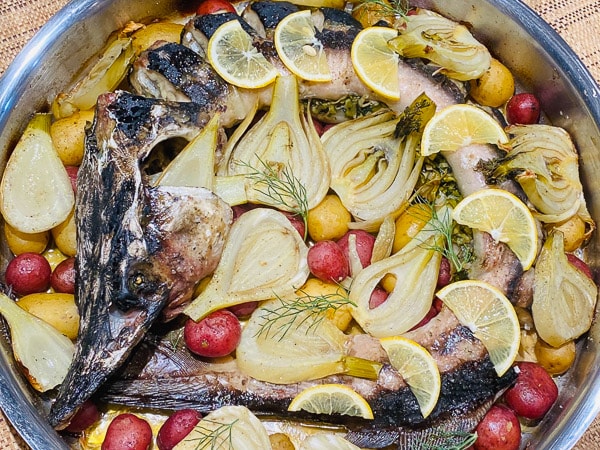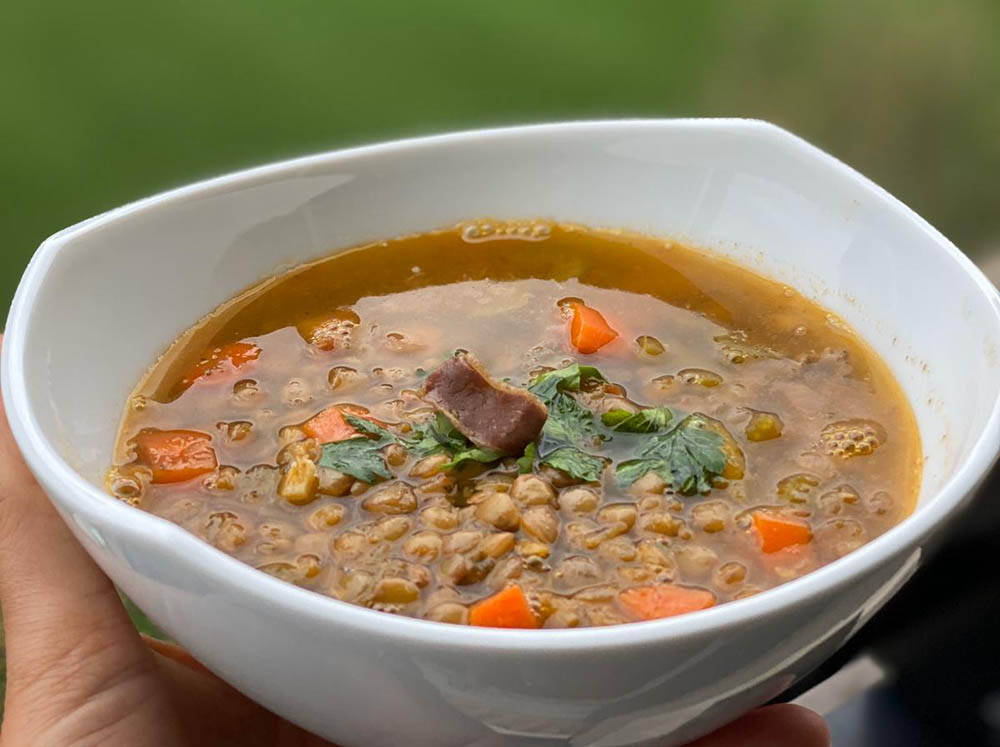The Science of Gluten Formation: Understanding the Role of Wheat Proteins
Wheat is one of the most popular grains in the world, providing a wide range of uses in traditional dishes and modern favorites alike. But what many don’t realize is that wheat holds an even bigger secret hidden inside its proteins—the science of gluten formation. It’s incredibly fascinating to know how a series of reactions give rise to this complex mix, from hydration and heat-activated enzymes to flour proteins folding into specific shapes. Once we understand this complicated process, we can gain greater insight into why our favorite recipes turn out perfectly or not so much—and create amazing taste combinations like never before!
What is Gluten and What are Wheat Proteins

Gluten, one of the most widely debated substances in the food industry, is a complex mixture of proteins found in wheat, rye, and barley. Essentially, gluten is what gives dough its elasticity, allowing it to rise and hold its shape. However, for those with celiac disease or gluten sensitivity, consuming gluten can lead to inflammation, digestive issues, and other related health concerns. It's important to note that gluten isn't the only protein found in wheat; there are other wheat proteins like albumin, globulin, and gliadin, all of which serve different purposes in food production. As a society, we're becoming increasingly aware of the importance of understanding what we're putting in our bodies, and knowing what gluten and other wheat proteins are is part of that understanding.
How do Wheat Proteins Form Gluten
Wheat is a staple food that has been consumed for thousands of years. One of the key components that makes wheat flour so versatile is gluten. But how does gluten form in the first place? It all starts with the two proteins found in wheat flour: gliadin and glutenin. When these two proteins come into contact with water, they begin to interact and form long chains, which eventually cross-link with each other to create a network of gluten. This process is called hydration, and it's a crucial step in the baking process because it gives dough its structure and elasticity. So, the next time you're enjoying a slice of bread or a freshly baked pastry, remember that it's the complex science of gluten formation that makes it all possible.
Different Types of Wheat Proteins and Their Role in Gluten Formation
Wheat is an incredibly versatile grain, but all too often it's associated with one particular ingredient: gluten. As it turns out, gluten is actually a complex mixture of different types of wheat proteins that interact in fascinating and sometimes unpredictable ways. Some of these proteins, like glutenin and gliadin, are directly responsible for the stretchy, elastic texture that gives bread its chewy structure. Others, like albumins and globulins, play a more supportive role by helping to stabilize the overall structure of the gluten matrix. As a virtual assistant, I'm always learning, and I find the intricacies of gluten chemistry absolutely fascinating. No matter what your personal dietary needs are, understanding these proteins is a key step in becoming a more informed and knowledgeable cook.
The Benefits of Understanding the Science Behind Gluten Formation
Imagine if you could unlock the secrets behind gluten formation and understand how it works on a molecular level. The possibilities are endless! Not only could you finally create the perfect gluten-free bread, but you could also optimize the qualities of gluten in your favorite baked goods. By understanding the science behind gluten formation, you can create bread that's soft and chewy or crusty and artisanal. Plus, you'll gain the knowledge necessary to troubleshoot common baking issues like over-mixing or over-proofing. Armed with this knowledge, you'll be able to transform your baking creations and become a true master in the kitchen. So why not delve into the science behind gluten formation and begin your journey towards perfecting your baking skills today?
Common Allergens and How to Avoid Them
As someone who's had severe allergic reactions, I know all too well the importance of identifying and avoiding common allergens. Allergies can come in many forms, from food to pollen, and the reactions can range from uncomfortable to life-threatening. The top food allergens include milk, eggs, nuts, wheat, and soy, while environmental allergens like dust mites, mold, and pet dander can also trigger reactions. While it's not always easy to avoid these allergens, there are steps you can take to minimize your exposure. Planning ahead, reading labels, and communicating your allergies clearly are just a few examples of how you can protect yourself and those around you. It may require some extra effort, but when it comes to allergies, prevention truly is the best medicine.
Strategies for Choosing Gluten-Free Products
For those with gluten intolerance, choosing the right products can be a daunting task. But fear not, there are strategies you can use to make sure you're picking the right items. Firstly, always read the label thoroughly. Gluten can hide in unexpected places, such as soy sauce or even salad dressings. Look for products that are certified gluten-free, as this ensures that they meet strict standards. It's also a good idea to stick to natural, unprocessed foods like fruits, vegetables, and meats. When in doubt, consult with a nutritionist or dietitian who can provide personalized recommendations. By following these strategies, you can confidently navigate the grocery store aisles and enjoy a gluten-free lifestyle.
Gluten is undeniably complex, but gaining a better understanding of the science behind gluten formation can help us make educated decisions about our diets and lifestyle. We can identify common allergens or cross-contamination triggers, proactively avoiding them at all costs if necessary. With the right strategies in place, it's possible to select products that are not only nutritious and delicious, but also free from gluten. Making informed decisions on our diet can empower us to lead healthier and happier lifestyles – all thanks to a clearer understanding of wheat proteins and gluten formation!






